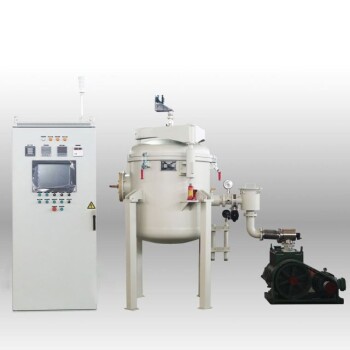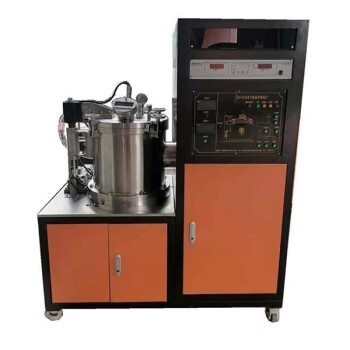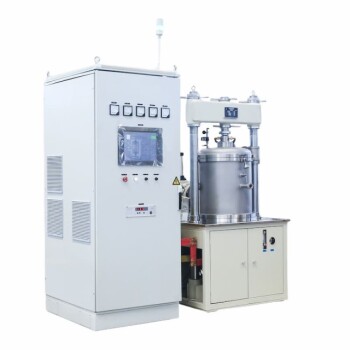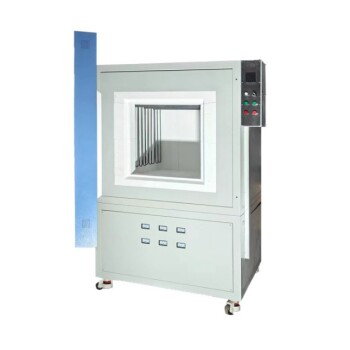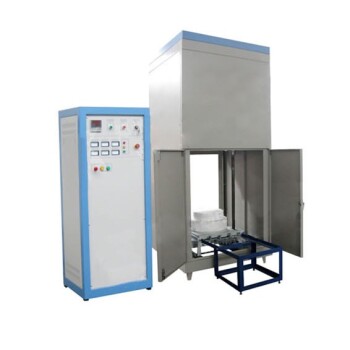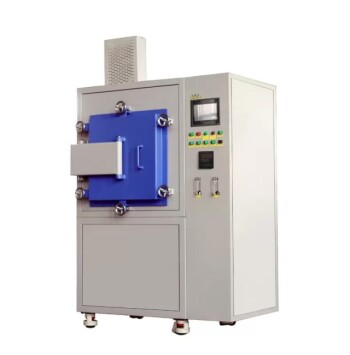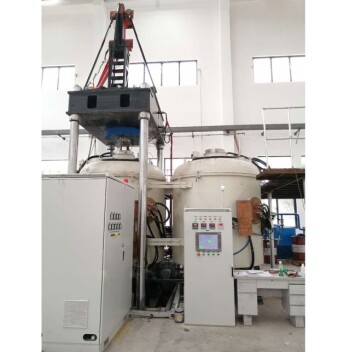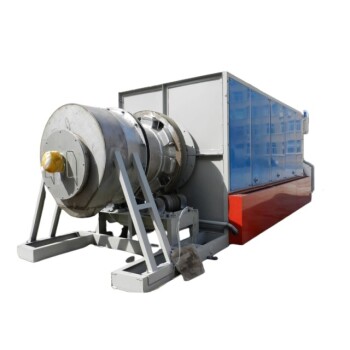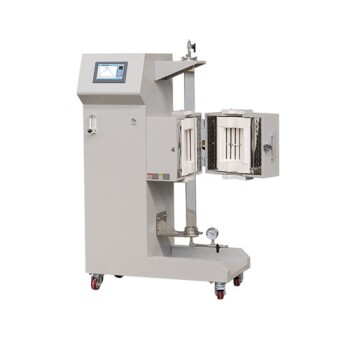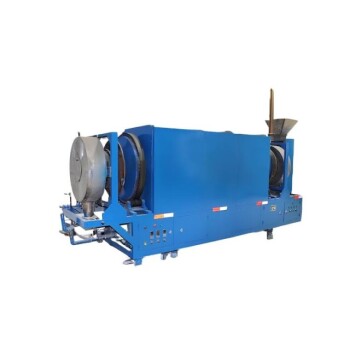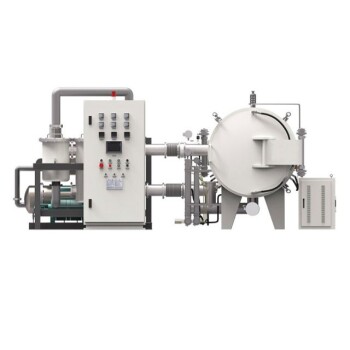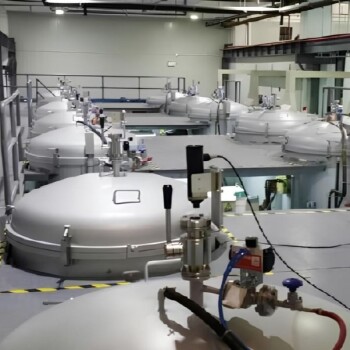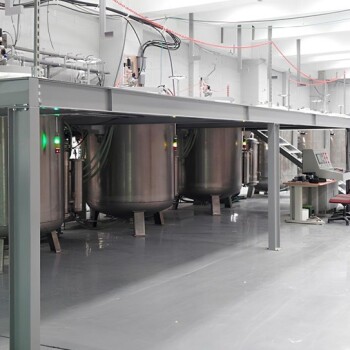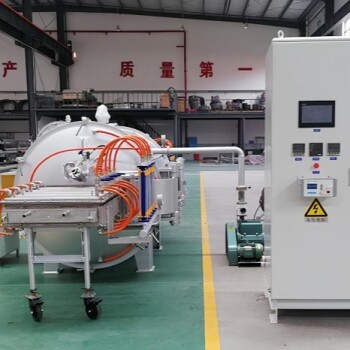Core type induction furnaces, while efficient for melting metals, come with several disadvantages that can impact their performance and usability in industrial settings. These drawbacks include limitations in refining capacity, stringent requirements for charge materials, and potential loss of alloying elements due to oxidation. Understanding these disadvantages is crucial for making informed decisions when selecting melting equipment.
Key Points Explained:
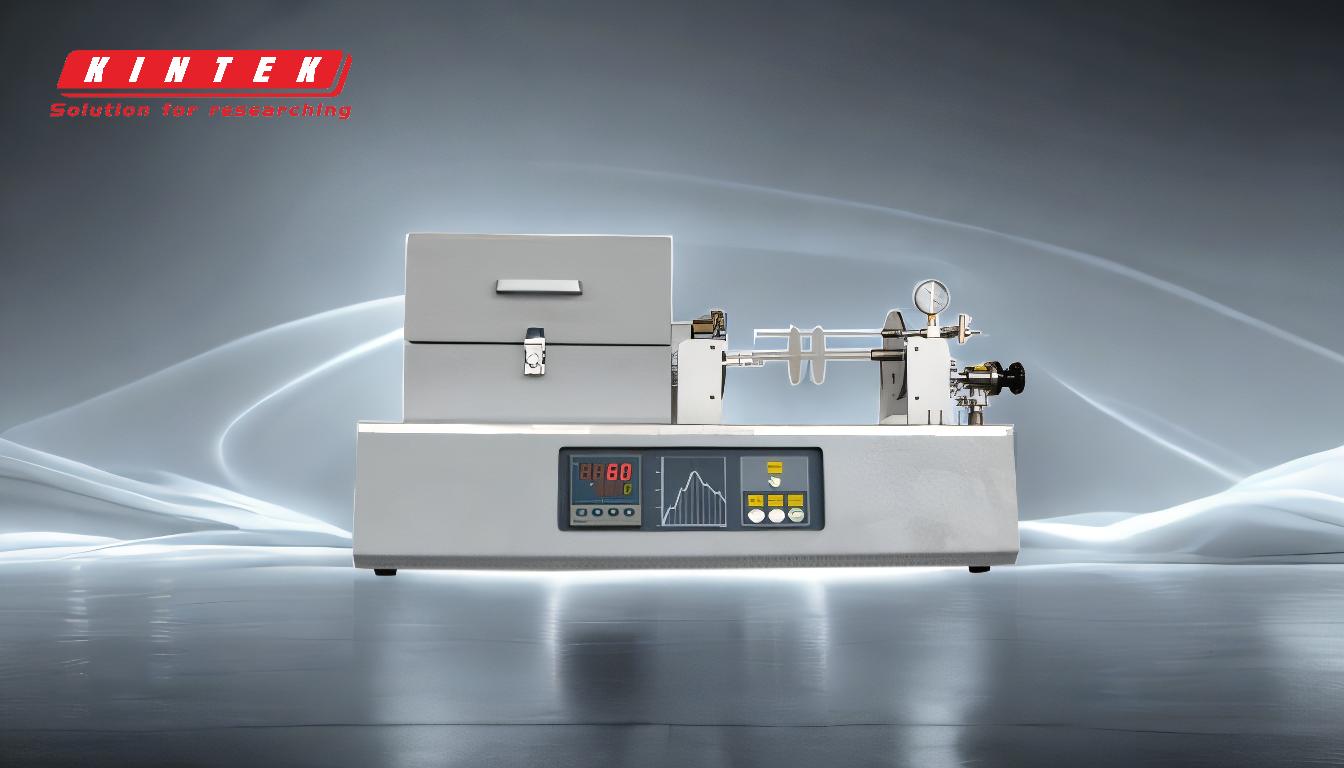
-
Lack of Refining Capacity:
- Core type induction furnaces are primarily designed for melting rather than refining metals. This means they cannot remove impurities or adjust the chemical composition of the melt during the process. As a result, the quality of the final product is heavily dependent on the purity of the input materials.
-
Stringent Requirements for Charge Materials:
- The charge materials used in core type induction furnaces must be free of oxides and have a known composition. This requirement can increase the cost and complexity of sourcing materials, as only high-quality, pre-processed materials are suitable for use.
-
Loss of Alloying Elements:
- During the melting process, some alloying elements may be lost due to oxidation. This necessitates the re-addition of these elements to achieve the desired composition, which can lead to increased material costs and more complex process control.
-
Energy Efficiency and Operational Costs:
- While induction furnaces are generally energy-efficient, the need for high-quality charge materials and the potential loss of alloying elements can offset these savings. Additionally, the lack of refining capacity may require additional processing steps, further increasing operational costs.
-
Maintenance and Lifespan:
- Core type induction furnaces require regular maintenance to ensure optimal performance. The components, such as the induction coils and refractory linings, are subject to wear and tear, which can lead to frequent replacements and downtime.
-
Limited Flexibility in Melting Different Materials:
- These furnaces are less flexible when it comes to melting a wide range of materials. The need for specific charge materials limits their versatility, making them less suitable for operations that require frequent changes in material types.
-
Environmental Considerations:
- The potential for oxidation and the need for high-quality materials can have environmental implications. The production and processing of these materials may contribute to a higher carbon footprint, and the loss of alloying elements can lead to increased waste.
In summary, while core type induction furnaces offer several advantages, such as efficient melting and precise temperature control, their disadvantages, including lack of refining capacity, stringent material requirements, and potential loss of alloying elements, must be carefully considered. These factors can impact the overall cost, efficiency, and flexibility of the melting process, making it essential to weigh these drawbacks against the specific needs of your operation.
Summary Table:
| Disadvantage | Description |
|---|---|
| Lack of Refining Capacity | Cannot remove impurities or adjust chemical composition during melting. |
| Stringent Material Requirements | Requires high-quality, oxide-free charge materials, increasing sourcing complexity and costs. |
| Loss of Alloying Elements | Oxidation during melting may lead to alloy loss, requiring re-addition and increasing costs. |
| Energy Efficiency & Costs | High-quality materials and additional processing steps can offset energy savings. |
| Maintenance & Lifespan | Regular maintenance and frequent component replacements are necessary. |
| Limited Material Flexibility | Less versatile for melting a wide range of materials due to specific charge requirements. |
| Environmental Impact | High-quality material production and alloy loss may increase carbon footprint and waste. |
Need help choosing the right furnace for your operation? Contact our experts today for personalized advice!


